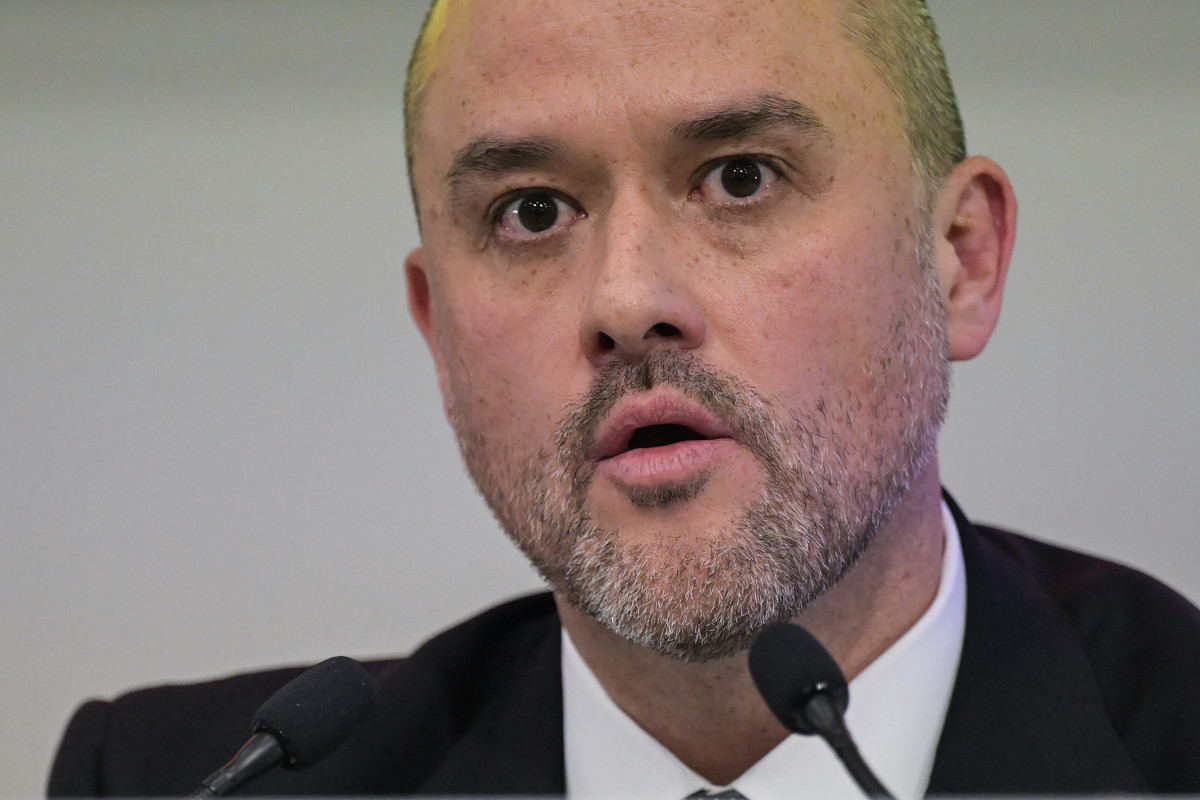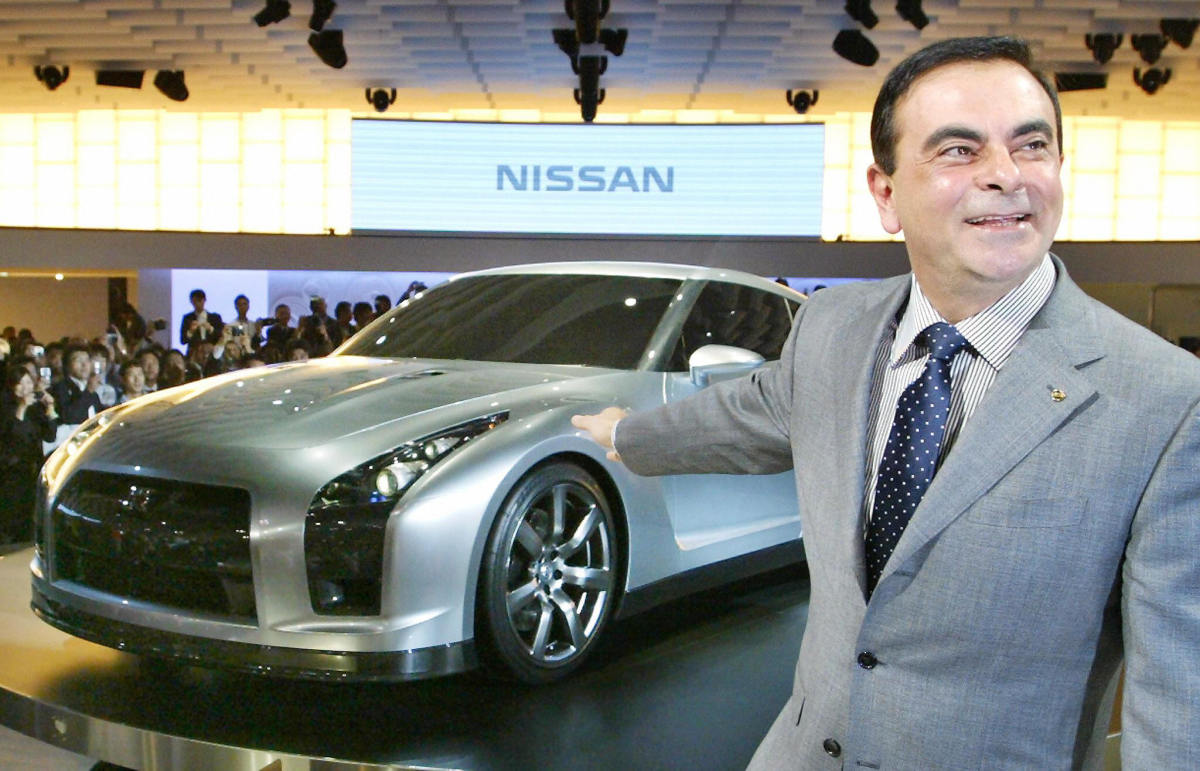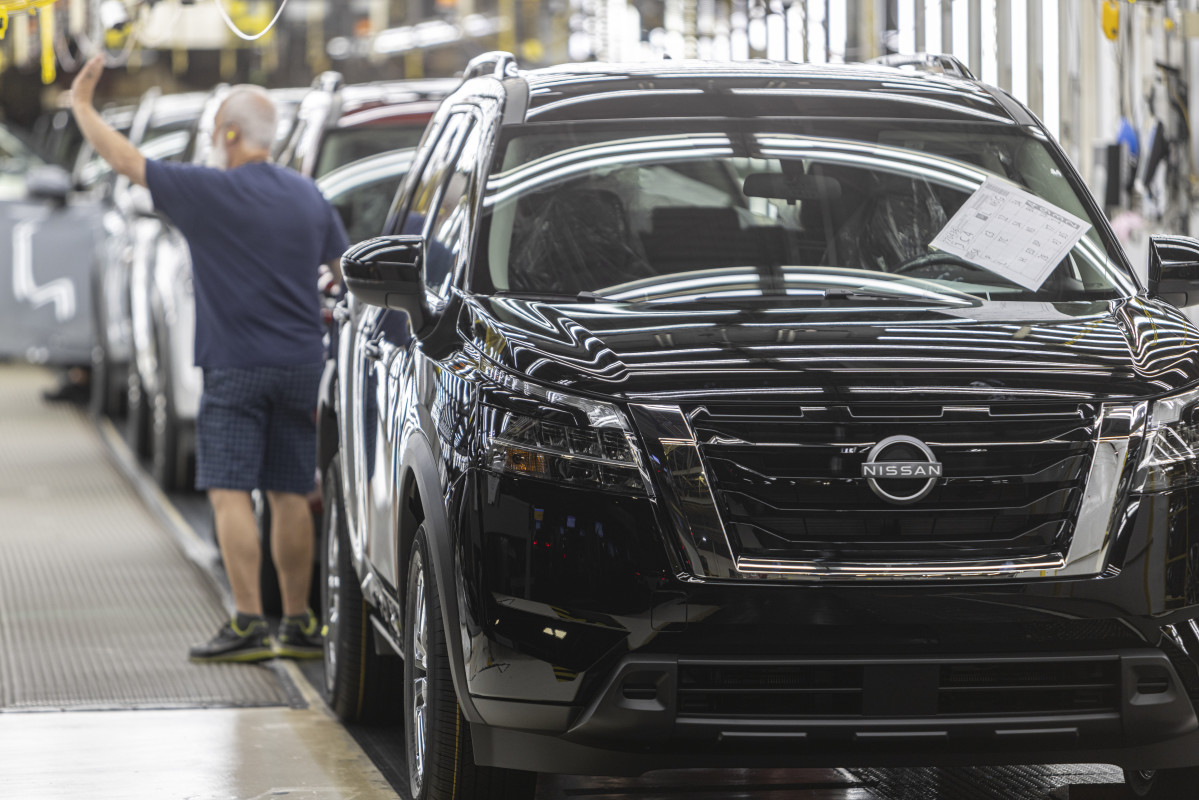Nissan prepares for a major tune-up
Japanese automaker Nissan is facing criticism from its former executive leader as the company and its new CEO, Ivan Espinosa, get to grips with its ambitious turnaround action plan. On May 13, during a presentation highlighting financial results for the company’s 2024-2025 fiscal year (which ended on March 31), the 46-year-old Espinosa announced a new revival plan called Re:Nissan, which heavily focuses on consolidating the automaker’s current assets.

RICHARD A. BROOKS/AFP via Getty Images)
Job cuts are “painful,” but “necessary for the survival of Nissan,” says Espinosa
Among the changes ordered in Espinosa’s turnaround plan for Nissan are an increased number of job cuts affecting 10,000 people in addition to the 9,000 cuts that were previously announced. The plan also calls for some heavy shifts to its global production capacity, which include the shutdown of seven global assembly plants, consolidating its global production base of 17 plants to just 10 plants by the end of the 2027-2028 fiscal year.
The drastic moves are an ambitious plan to streamline Nissan’s footprint. By the end of the 2027-2028 fiscal year, the company eyes a global capacity of 2.5 million to 3 million vehicles. However, these require cutbacks that will affect global Nissan personnel, including employees in its home country, Japan.
“It is a very, very painful and sad decision to take. We wouldn’t be doing this if it were not necessary for the survival of Nissan,” Espinosa said about the cuts during a presentation in Yokohama, Japan. “Are we confident that this is enough? The answer is yes, this will be enough to drive the results that we need, but we need to move fast. We want to bring the heartbeat back.”
During a February quarterly earnings announcement, Nissan said that 6,500 of the 9,000 job cuts would be manufacturing jobs resulting from three plant closures. According to Nissan, the first to close will be its plant in Thailand, which it intends to close sometime between April and June this year. It plans to close another plant between October and December this year, and the third will come offline within its 2026-2027 fiscal year, which ends on March 31, 2027. Nissan has yet to announce which plants will get the axe.
In addition, Espinosa stated during its earnings announcement that Nissan is in talks with Mitsubishi and Honda about joint manufacturing in the U.S. as it seeks to use additional factory capacity.
“The size of the company is just not sustainable. If we didn’t do something now, the problem would only get worse,” he said. “We need as a company to be faster, quicker, more decisive.”

Nissan
Ghosn: “The company is in a desperate situation.”
Nissan’s bold plan comes as the automaker posted net losses not seen in nearly 25 years. During the company’s 2024-2025 fiscal year, which ended on March 31, 2025, Nissan posted a net loss of 670.9 billion Yen (~$4.48 billion), an 88% dip in operating profit, as well as a global sales decline of 2.8%.
In a recent interview with French business news channel BFM Business, former Nissan CEO and international fugitive Carlos Ghosn described his former employer as a company in “dire straits.” He further stated that he “predicted Nissan’s decline” and the “demise” of the alliance between it and French automaker Renault.
Ghosn singularly blames his successors for the current situation, going as far as telling the French media that “Nissan’s management” and their “slow decisions” are to blame for the problems they are currently facing. He also pointed out that as a result, Nissan was “forced to go and beg for help from one of its main competitors in Japan,” referencing the failed merger talks with Honda; of which he compared to “an alliance between Renault and Peugeot in France,” which “doesn’t make sense” to him.

Nissan
Nissan’s tariff risk
Despite his rhetoric, one condition Ghosn did not have to deal with during his tenure at Nissan was a global trade environment that was disturbed by heavy trade levies and tariffs enacted by the Trump Administration. Nissan withheld earnings guidance for the 2025-2026 fiscal year, as it expects tariffs to cost it around 450 billion yen (~$3.04 billion) until the fiscal year period ends on March 31, 2026.
Nissan has a manufacturing footprint in the United States, but many models on its lineup, including the Z, Ariya, as well as the Kicks, Versa, and Sentra are imported from overseas factories in either Japan or Mexico. However, many of the cars that it ships over to the States are supplemental units of the bestselling Rogue crossover. In 2024, Nissan imported about 115,000 vehicles from Japan to the U.S., 92,752 of them being Rogues made at the Nissan Motor Kyushu Plant.
To tackle what Espinosa called a “very big and very challenging” task, Nissan aims to prioritize U.S. production, including keeping a second shift of production at its Smyrna, Tennessee plant to create a steady flow of U.S.-made Rogues. In addition, the new CEO stated that Nissan is in talks with Honda about possibly using some of its local manufacturing facilities in the U.S.
Final thoughts
It is a little bit petty to rub salt in a wound inflicted on a company that you no longer run. As much as new CEO Ivan Espinosa is credited as being the “youthful car guy” who is “full of life,” he is responsible for some soul-sucking problems created by grown-ups. Even before the Trump Administration sent the world’s automotive industry scrambling to adjust to 25% duties on imported autos and auto parts, the laundry list of problems at Nissan could fill the pages of a New York Times-bestselling novel. I feel it is much too early to decipher how Nissan’s book would end. As the Gen-Z kids would say: let him cook.